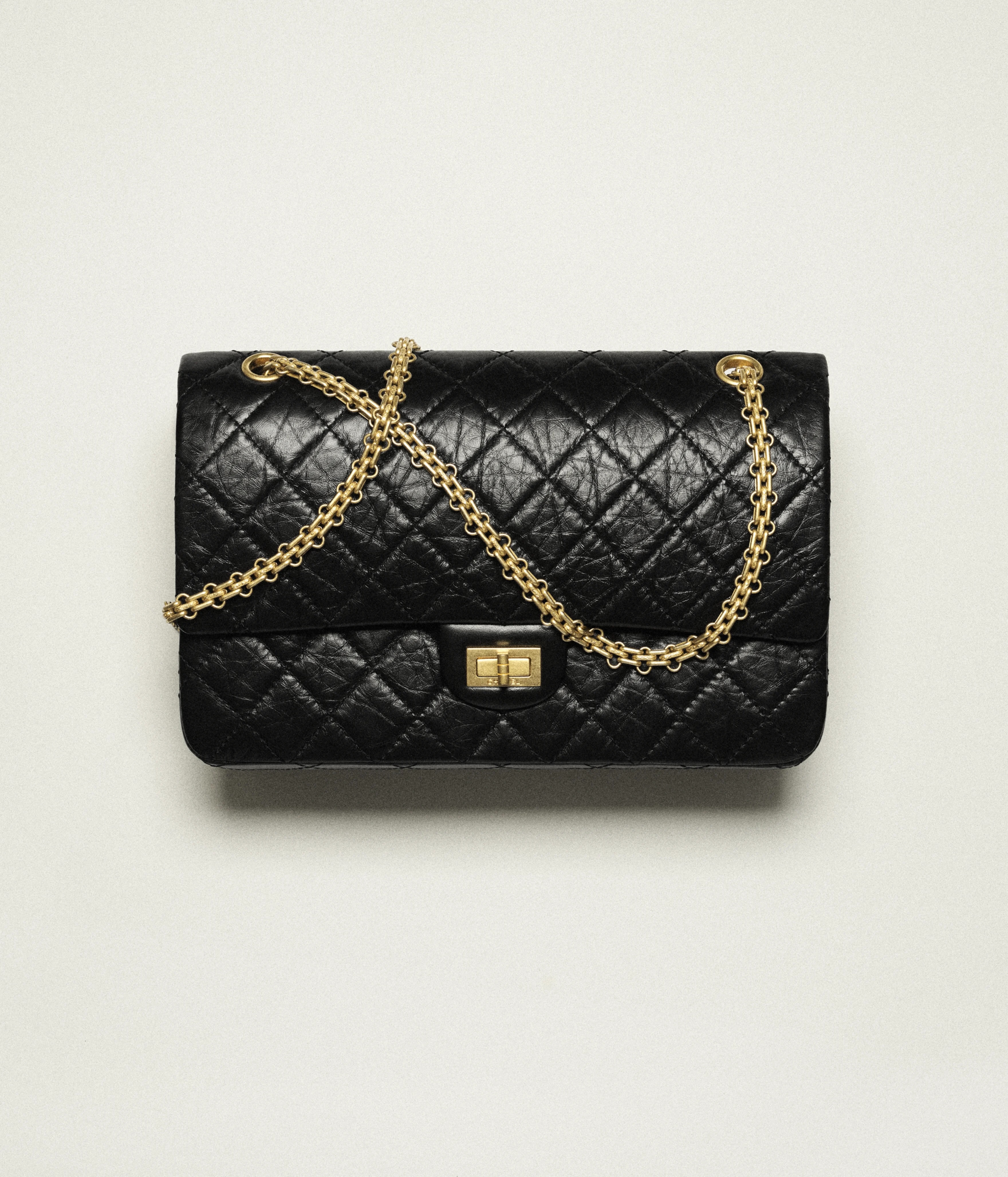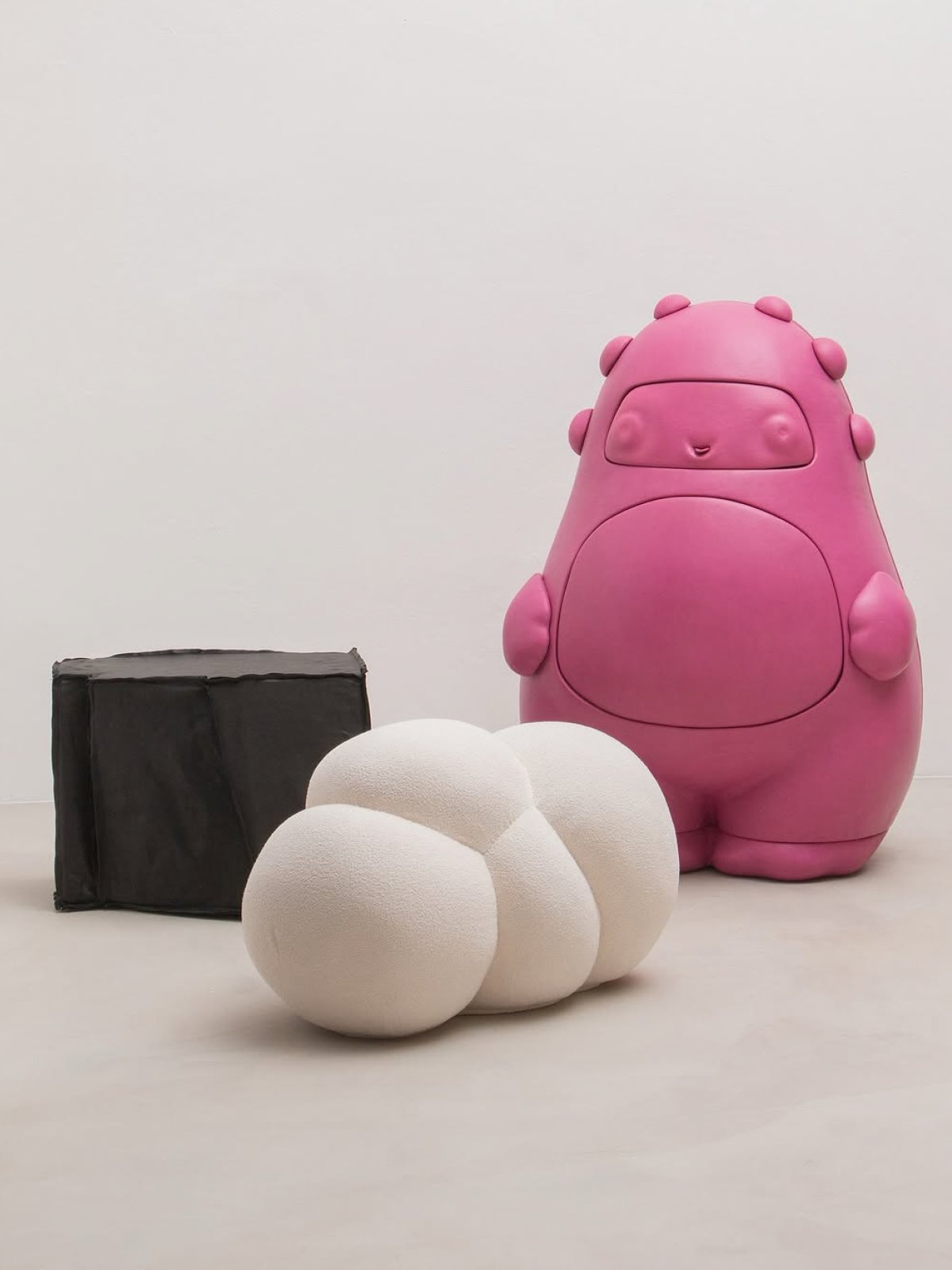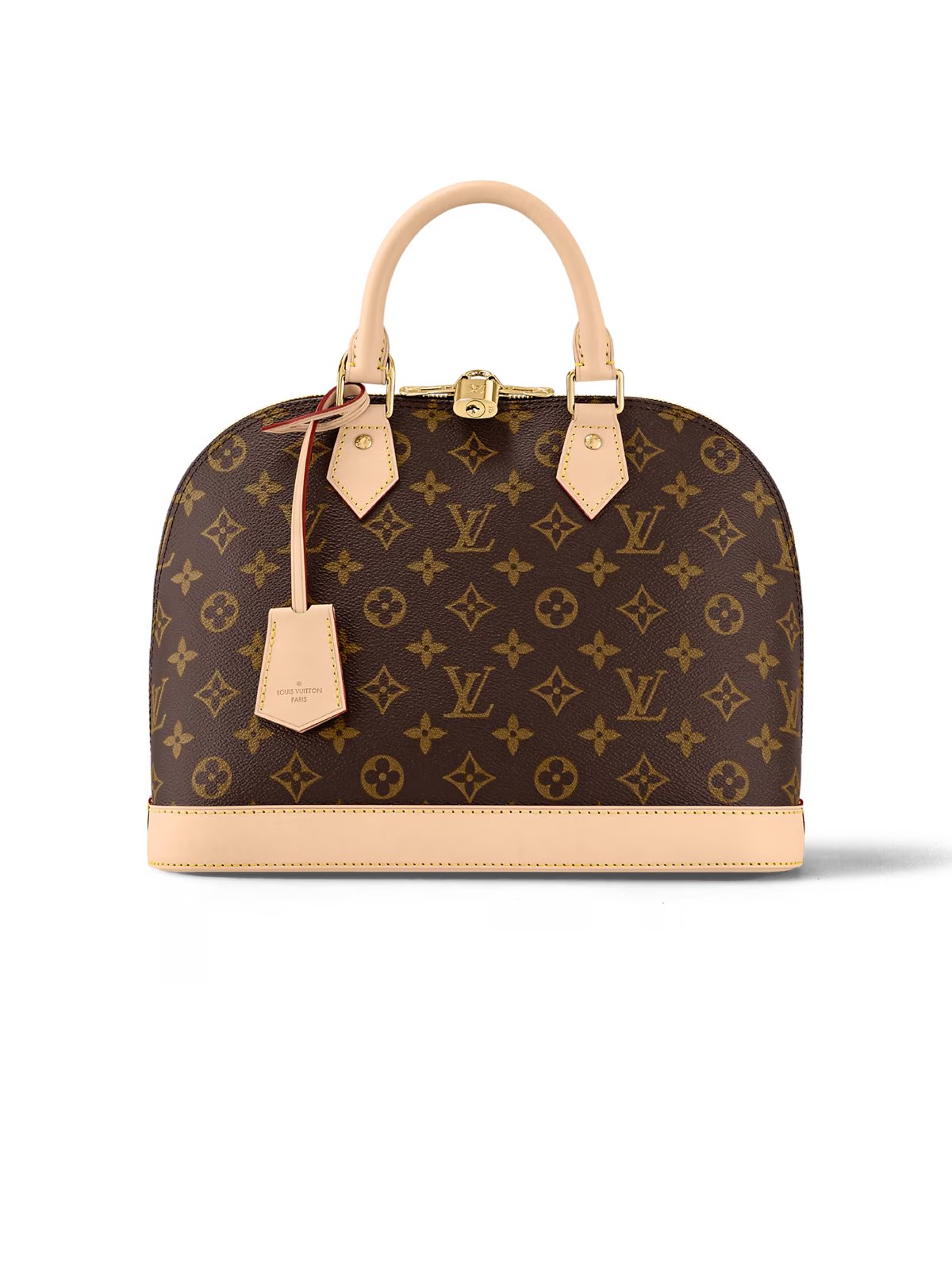News
How is Chanel's iconic 2.55 bag made?
 Credit: Chanel
Credit: Chanel
Born in February 1955 from the genius of Gabrielle Chanel, the 2.55 is the bag that revolutionized the concept of a women's accessory. Elegant yet practical, it was the first bag that allowed the wearer to have free hands, thanks to the interwoven metal and leather chain. Its quilted design, the burgundy interior (in homage to the uniform of the convent where Coco Chanel grew up), the rectangular "Mademoiselle" closure: every detail contains a story that has spanned eras and generations.
Behind each bag lies all of Chanel's craftsmanship: from 15 to 20 hours of work, over 180 manual operations and the intervention of five highly specialized craftsmen, in a constant dialogue between technical precision and passion for excellence. Inside the Verneuil-en-Halatte atelier, expert craftsmen work side by side, transforming excellent raw materials into a timeless icon, thanks to precise techniques and years of training.
It all starts with the meticulous selection of the leathers, chosen for their quality and uniform grain. After cutting, the parts are sewn according to the diamond quilted pattern, a timeless symbol of the Maison, using mechanical sewing machines that require continuous manual control. Each stitch must be perfectly aligned to maintain the integrity of the design across the entire surface.
In the final assembly, the bag is turned inside out in a step called “la retournette,” which also serves to test both the precision and resistance of the structure. The 2.55 is in fact sewn like a ready-to-wear creation, from the inside out, according to the original canons defined by Gabrielle Chanel in 1955.
Every gesture is the result of technique, time, and artisanal culture. Showing how a bag like the 2.55 is made is a statement of identity. In a world increasingly driven by speed and appearance, Chanel reaffirms a key principle of true luxury: Value lies in time, in gesture and in human expertise. Each 2.55 is a bridge between past and present, tradition and innovation.


